
Date: 10 November 2020
In 2030 European buildings would consume nearly 30% less energy if all of them were glazed with high performance glass, according to the latest research commissioned by Glass for Europe. Highly selective, thermally insulating glass is already in Guardian’s portfolio and is widely used in modern, energy-efficient buildings.
The reduction of energy consumption is one of the key goals defined by the European Union. Energy can be saved predominantly through buildings, which still consume huge amounts of energy. Therefore, it stands to reason that the subject of energy-efficiency is widely discussed in the construction sector. In this context, the most popular are renewables and thermally insulating materials. It turns out, however, that facade glazing also has much potential. The research ordered by Glass for Europe shows that the use of high-performance glass can help to achieve the goal in a relatively short time.
Two Ways for Europe
Research for The Glass for Europe report ”Glazing Potential Energy Savings & CO2 Emission Reduction” was carried out by TNO and presents the analysis of two hypothetical scenarios. These scenarios assume that by 2030 or 2050, all buildings in the European Union will be fitted with the recommended type of glazing. In the first case, they would consume annually 29% less energy, which would translate into the reduction of CO2 emissions by 28%. According to the scenario for 2050, the potential energy saving would be at the level of 37% with a similar reduction of CO2 emissions.
Estimates for The United Kingdom are even more optimistic. The use of the right type of glass could in 2030 reduce the amount of energy consumed by buildings by 32 per cent respectively. In 2050, it could be as much as 42%. Interestingly enough, almost half of potential savings forecast for 2030 could be achieved in the first 10 years if we used highly selective glass in new buildings and doubled (from 2% to 4% annually) the coefficient of replacing old glazing with high performance glass. In the scale of Europe this would mean consuming even 200 Mtoe less energy and producing 240 million tonnes less of CO2.
Buildings of Tomorrow Built Today
The data from the Glass for Europe report clearly demonstrates that highly energy-efficient glazing yields would significantly benefit the environment and reduce the need for heating and cooling. Among some of its important parameters one could mention not only the thermal insulation coefficient (Uw) but also optimal solar radiation transmission (g). It is worth noting that the light transmission coefficient might also generate additional savings, although this was not mentioned in the Glass for Europe report.
Glazing that meets these criteria can be found in the wide portfolio of Guardian Glass. Highly selective glass products from the Guardian SunGuard® range provide high light transmittance while also controlling solar radiation transmission. This helps to create well-lit spaces and to prevent overheating during summer months. In winter, on the other hand, the buildings may be effectively protected from the negative effects of heat transfer by thermal insulation coefficient Uw = 0.5 W/(m2K) (in triple glazing). These properties make these products a common choice for modern and energy efficient buildings.
The products can be found in the façade of London’s iconic, BREEAM Excellent certified “Cheesegrater” building with a 75,000 square metres façade featuring a curtain wall that is double glazed to allow for a high solar protection on neutral-looking glass. Two of Guardian’s products, SunGuard SN 51/28 and SunGuard SN 62/34, were used to help keep the building and its occupants cool thanks to their low g-value.
Furthermore, to the diagrid-patterned façade of the Victoria Gate in Leeds, Guardian SunGuard SuperNeutral (SN 70/35) adds a unique sense of order and rhythm to the façade. The neutral blue colour of the SN 70/35 glass works beautifully with the subtle tones of the concrete, whilst flooding the arcade space in natural light.
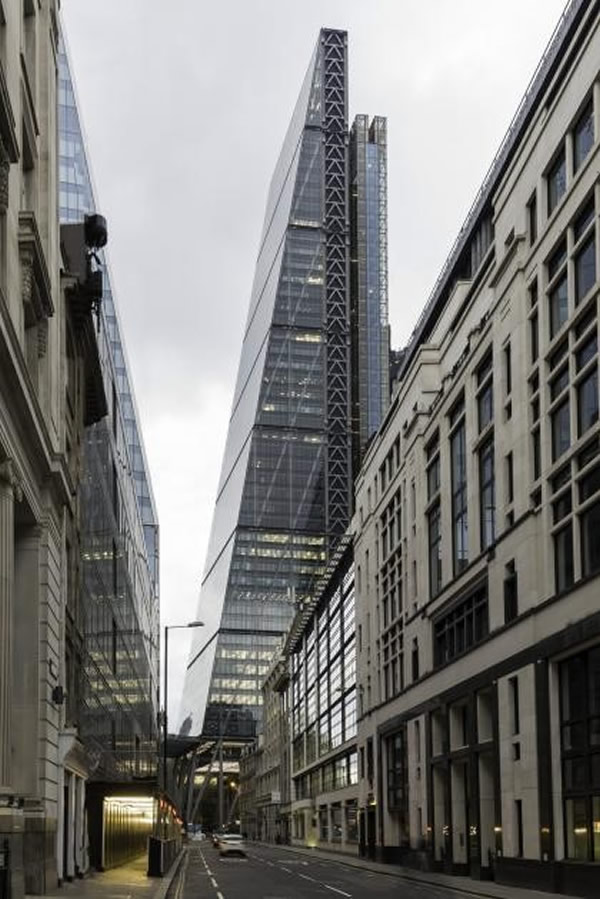
Photo: Rubin and Sampford Photography
 600450
600450



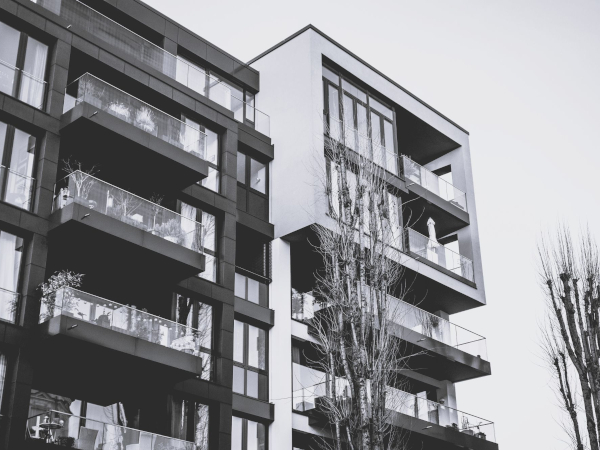
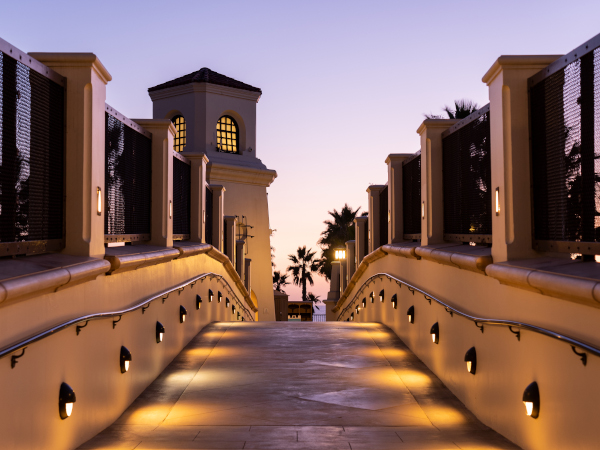
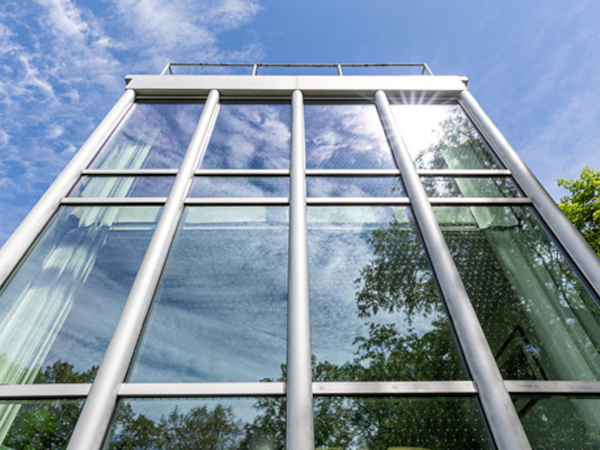
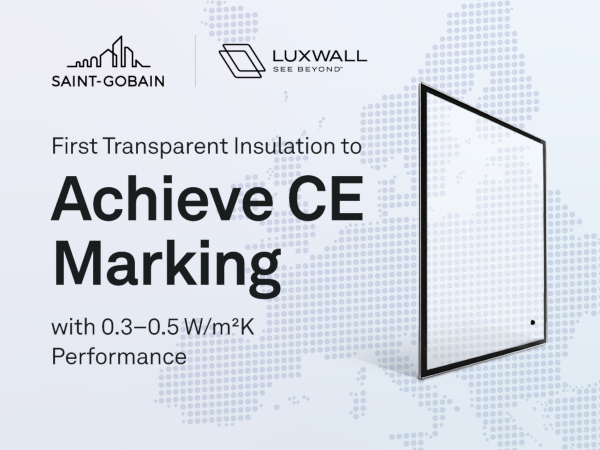









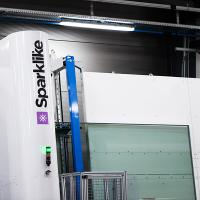
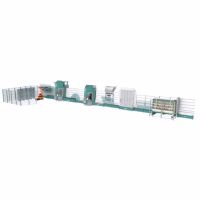

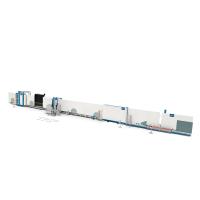
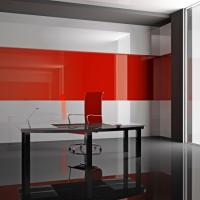
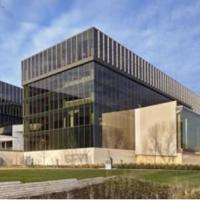
Add new comment